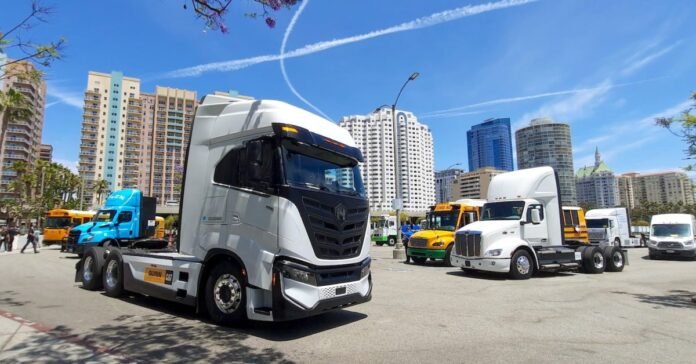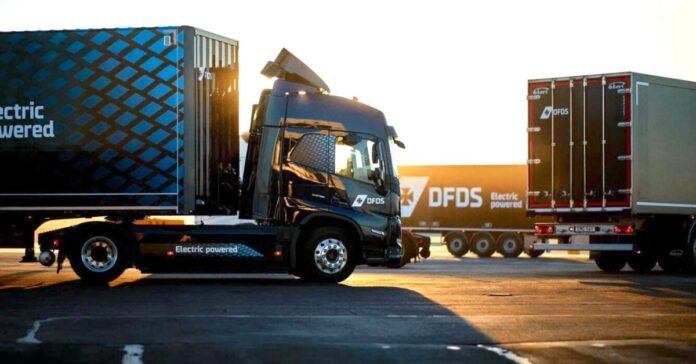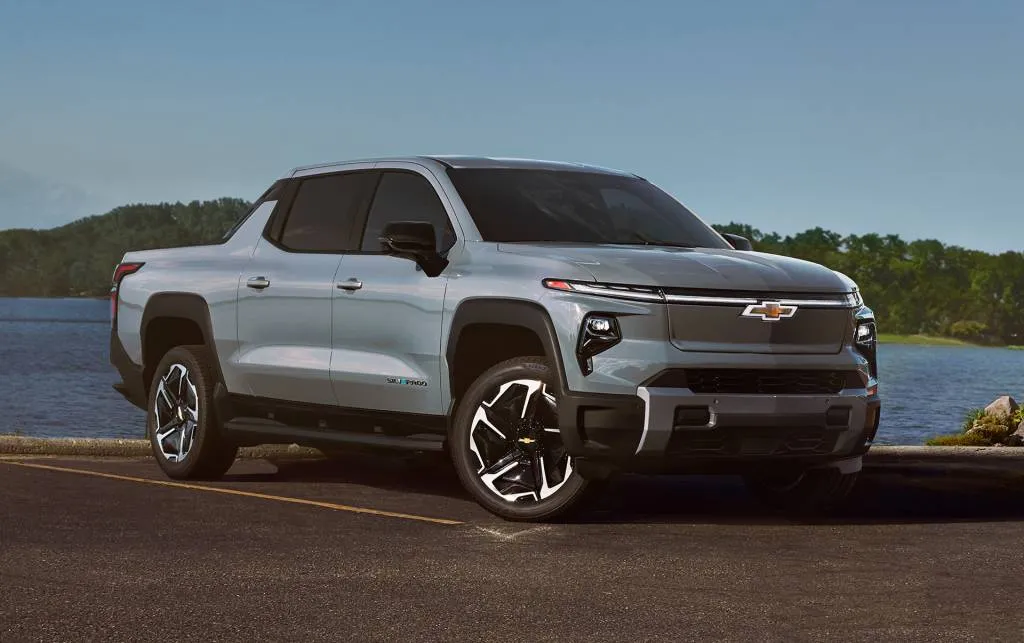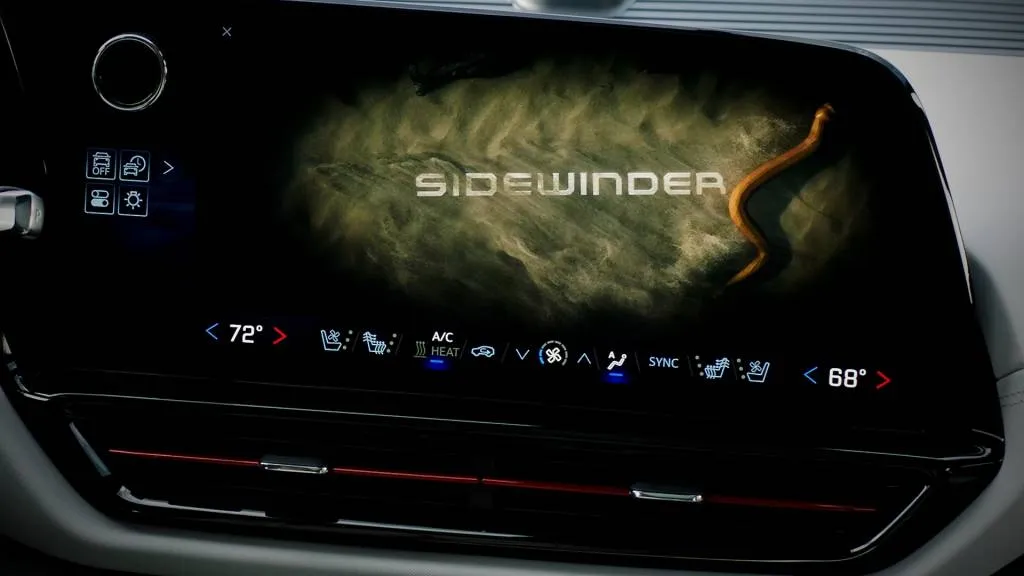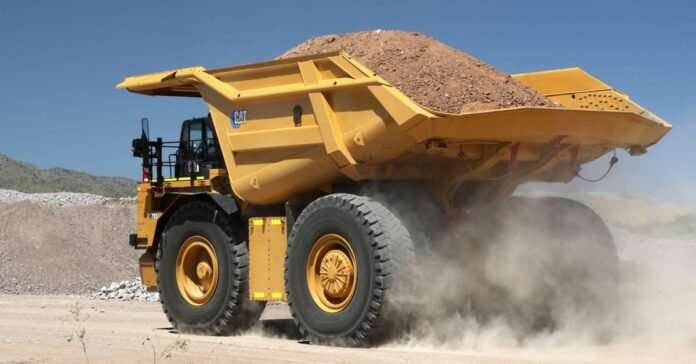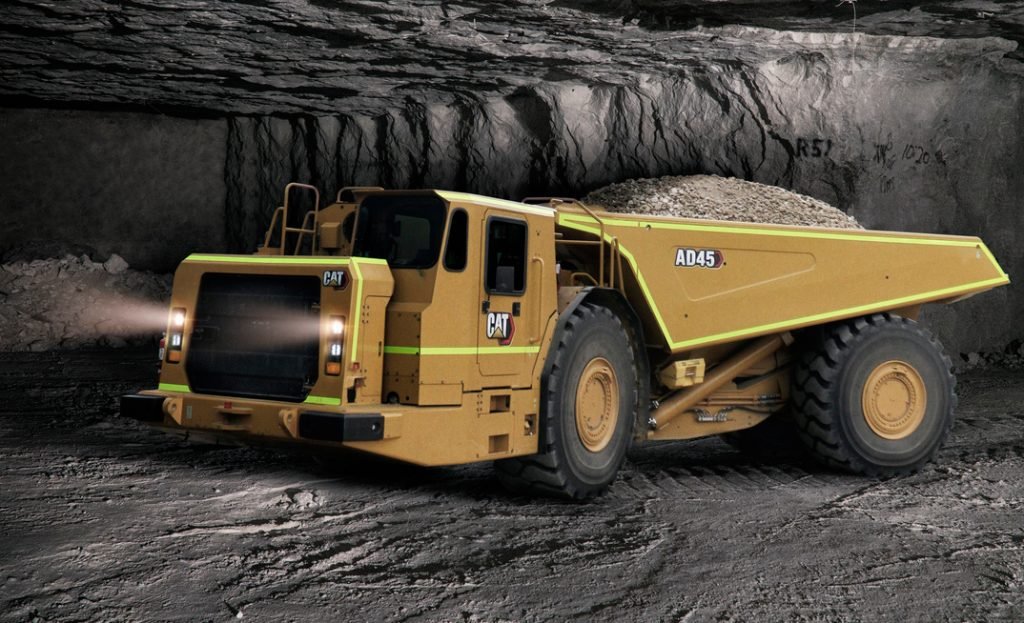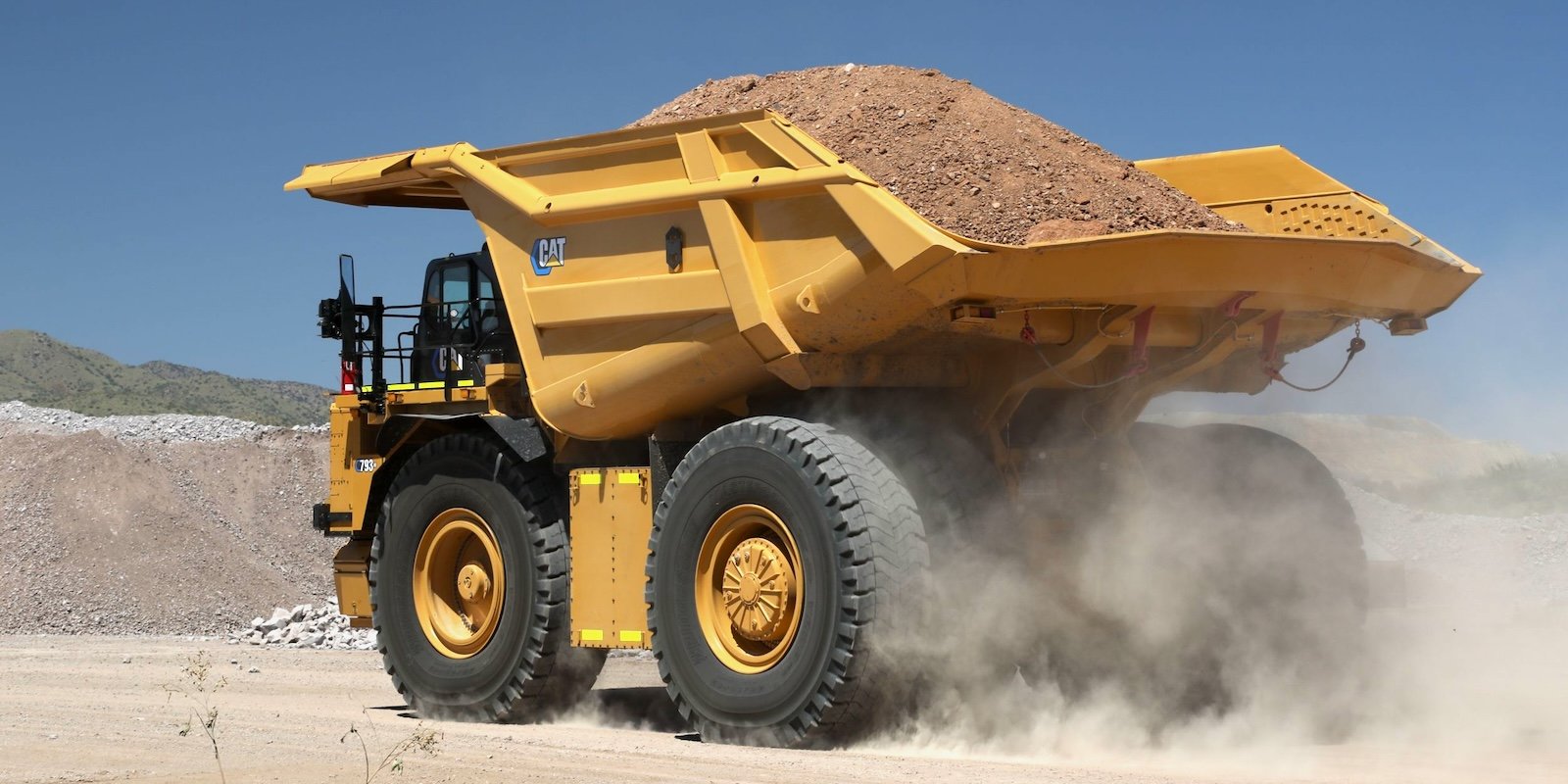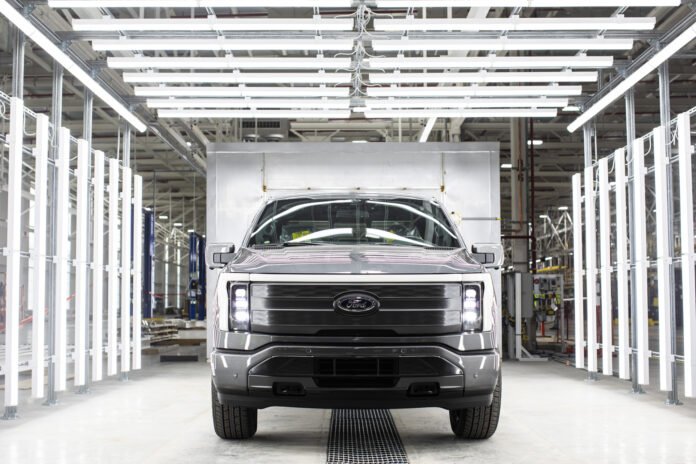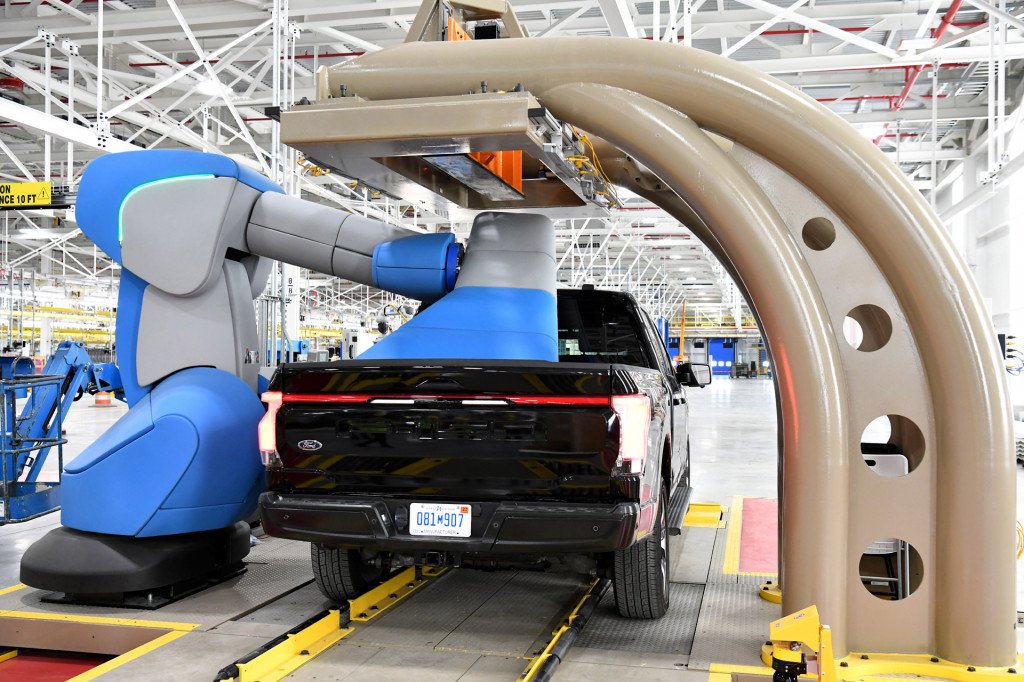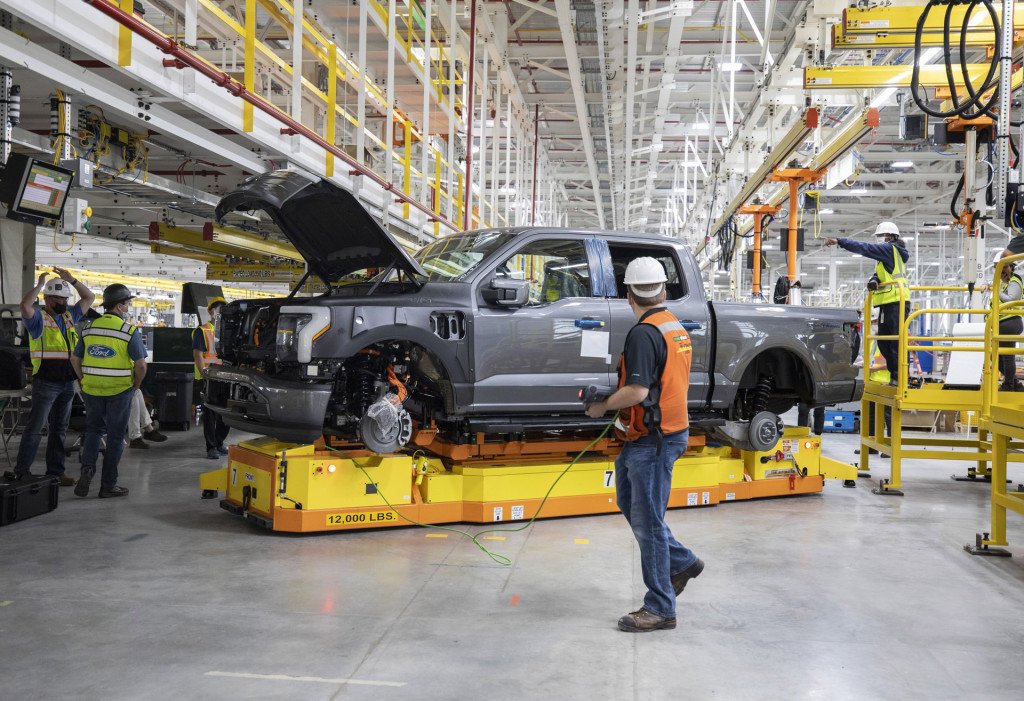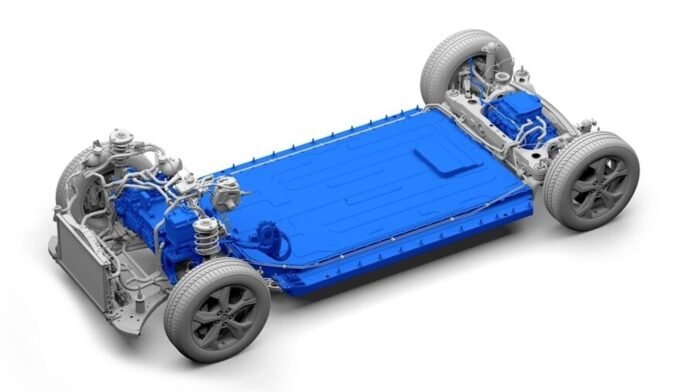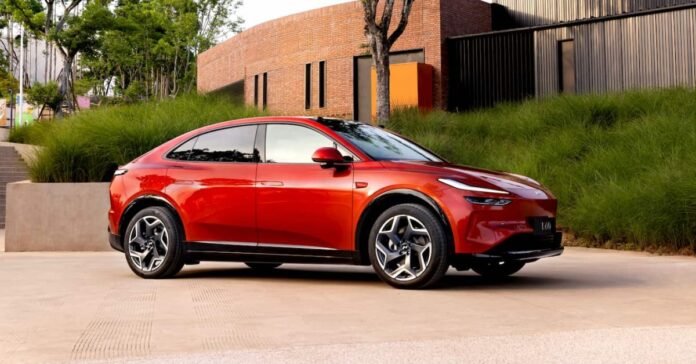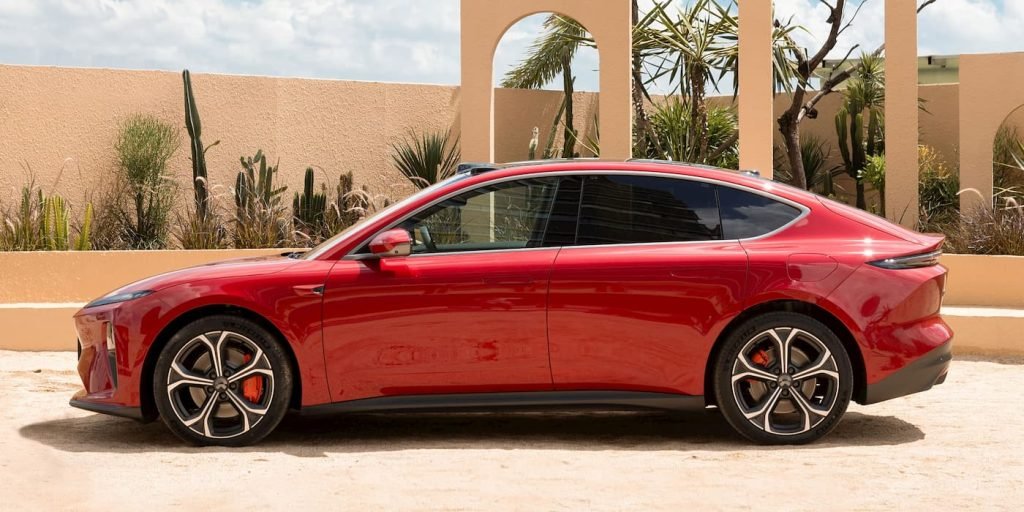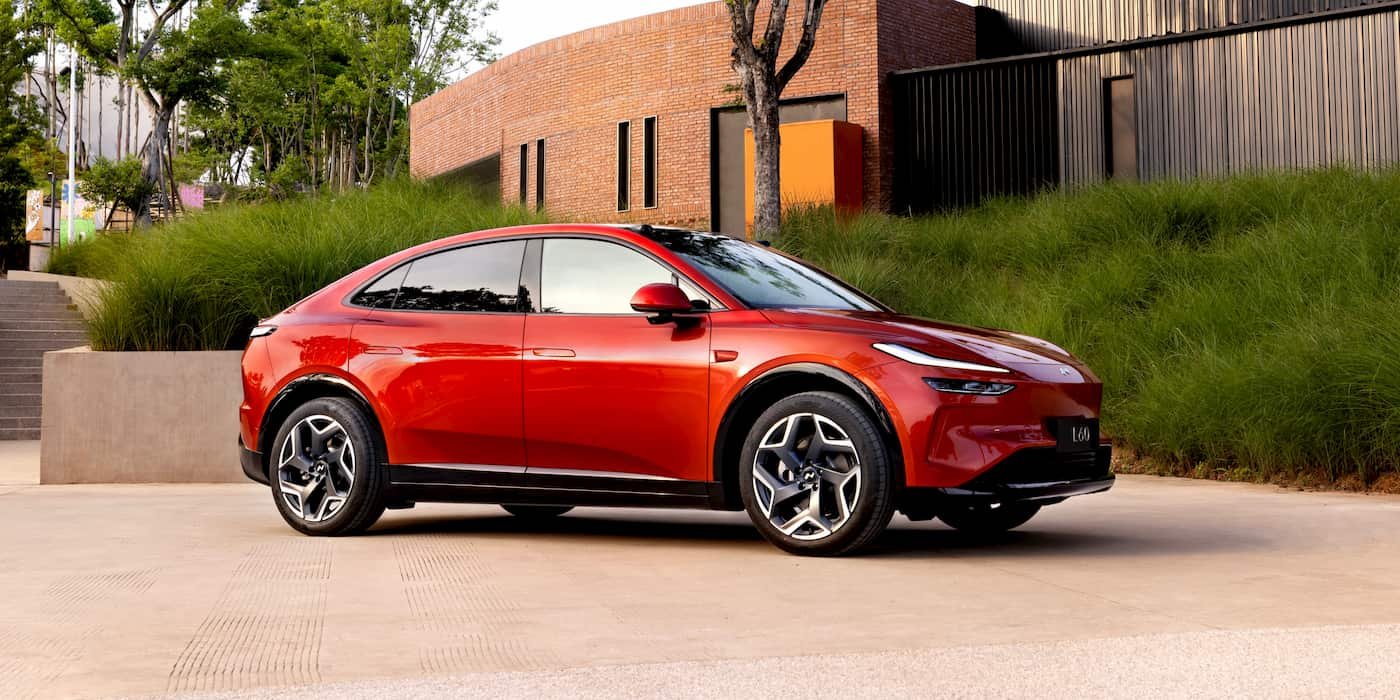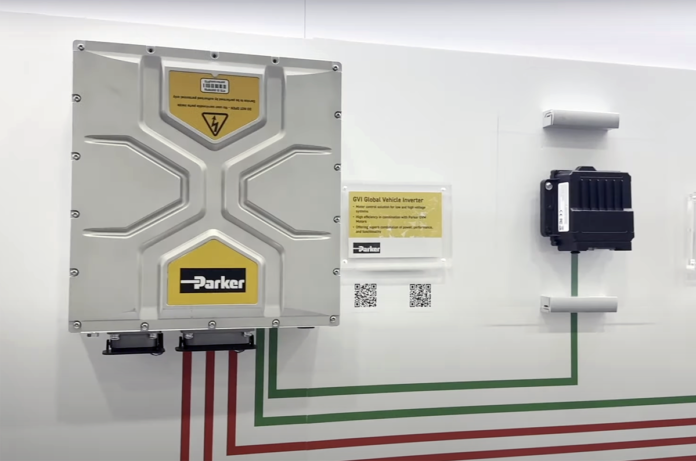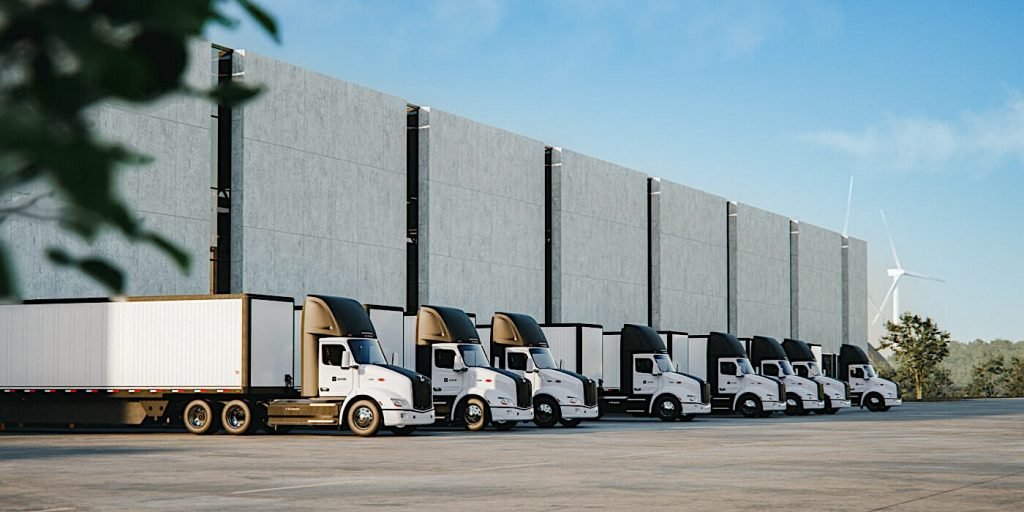

Maryland-based nonprofit Climate United announced its intention to spend $250 million to buy up to 500 electric semi trucks over three years in what the group is calling “the biggest single order of zero emission Class 8 trucks in the country.”
First, we should state the obvious: as hard as it is to imagine a nonprofit with $250 million to spend on a fleet of 500 electric semi trucks – it’s even harder to imagine one that would need that many trucks. The plan, then, must be to do something else with the trucks.
And so it is. Upon taking delivery of the zero emission trucks, Climate United intends to lease those vehicles back to trucking fleets at attractive rates, encouraging truckers that haul containers to and from California seaports to electrify somewhat sooner than later by reducing or eliminating the obstacle of BEV’s higher up-front costs compared to diesel.
“High upfront costs make it difficult for independent owner-operators and small fleets to transition to all-electric,” explains Beth Bafford, CEO of Climate United.
Climate United says it plans to make initial orders in the first quarter of 2025, and that it’s prioritizing Class 8 electric semi trucks that are assembled in the United States with domestically made parts. The announcement specifically cites the makers of the Volvo VNR Electric, Kenworth T680e, and BYD 8TT tandem axle day cab as potential suppliers.
“Climate United’s announced RFP is a critical step toward a cleaner, healthier future for communities around the Ports of Los Angeles and Long Beach,” says US Congresswoman Nanette Diaz Barragán. “For too long, families have borne the brunt of diesel pollution from drayage trucks, facing disproportionate rates of asthma, respiratory illness, and other health challenges. This $250 million commitment will reduce pollution, address the climate crisis, and improve public health.”
The purchasing program is funded by a $6.97 billion grant from the National Clean Investment Fund, part of the Greenhouse Gas Reduction Fund created under President Joe Biden’s Inflation Reduction Act (thanks again, Joe!).
Climate United also is partnering with Forum Mobility, which is building charging depots in California ports and along common freight routes. “For so long, this has been the story of the chicken and the egg,” offers Jacqueline Torres, a vice president at Forum Mobility. “This program brings both of those together.”
Electrek’s Take

There’s only so many ways to say, “pollution bad, EV good,” but seeing federal tax dollars put to work in novel ways that help make cutting back on air pollution easier and more affordable for commercial fleet operators will always be good news.
SOURCE | IMAGES: Climate United, via Reuters; featured image by the author.
FTC: We use income earning auto affiliate links. More.

Source link by Electrek
Author Jo Borrás
#nonprofit #set #buy #electric #semi #trucks #250M #deal

